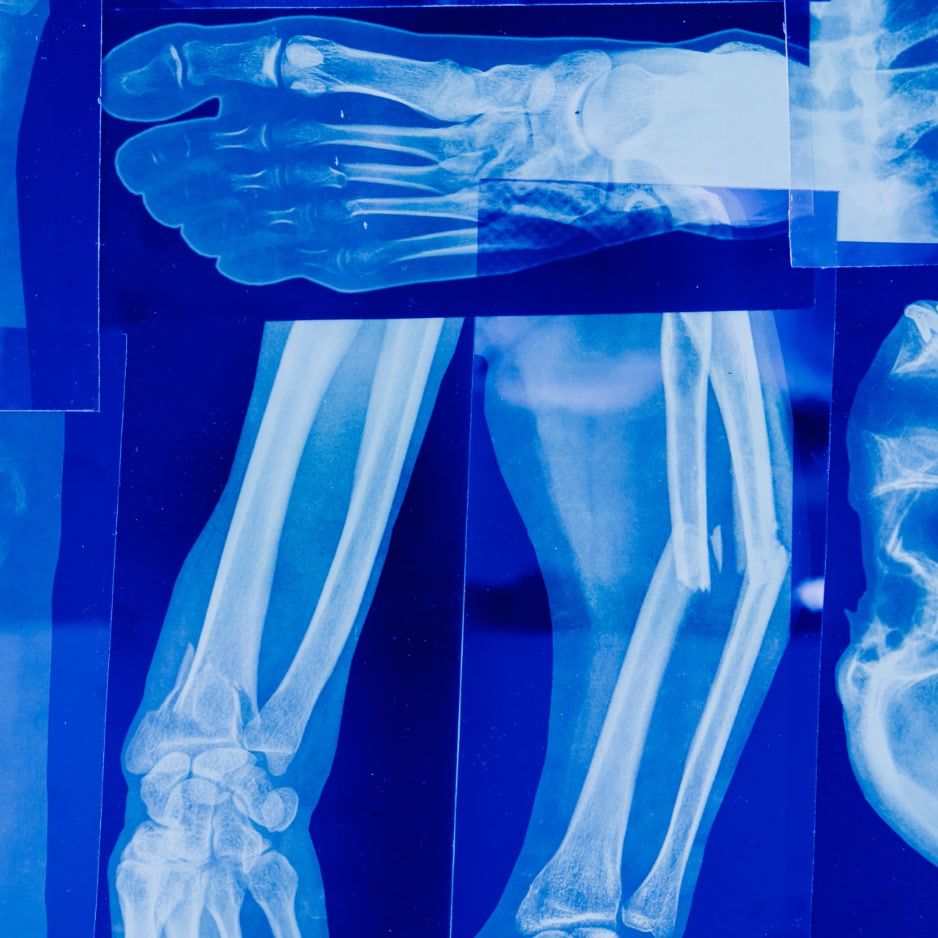Best Protein Powder for Women: 2025 Guide
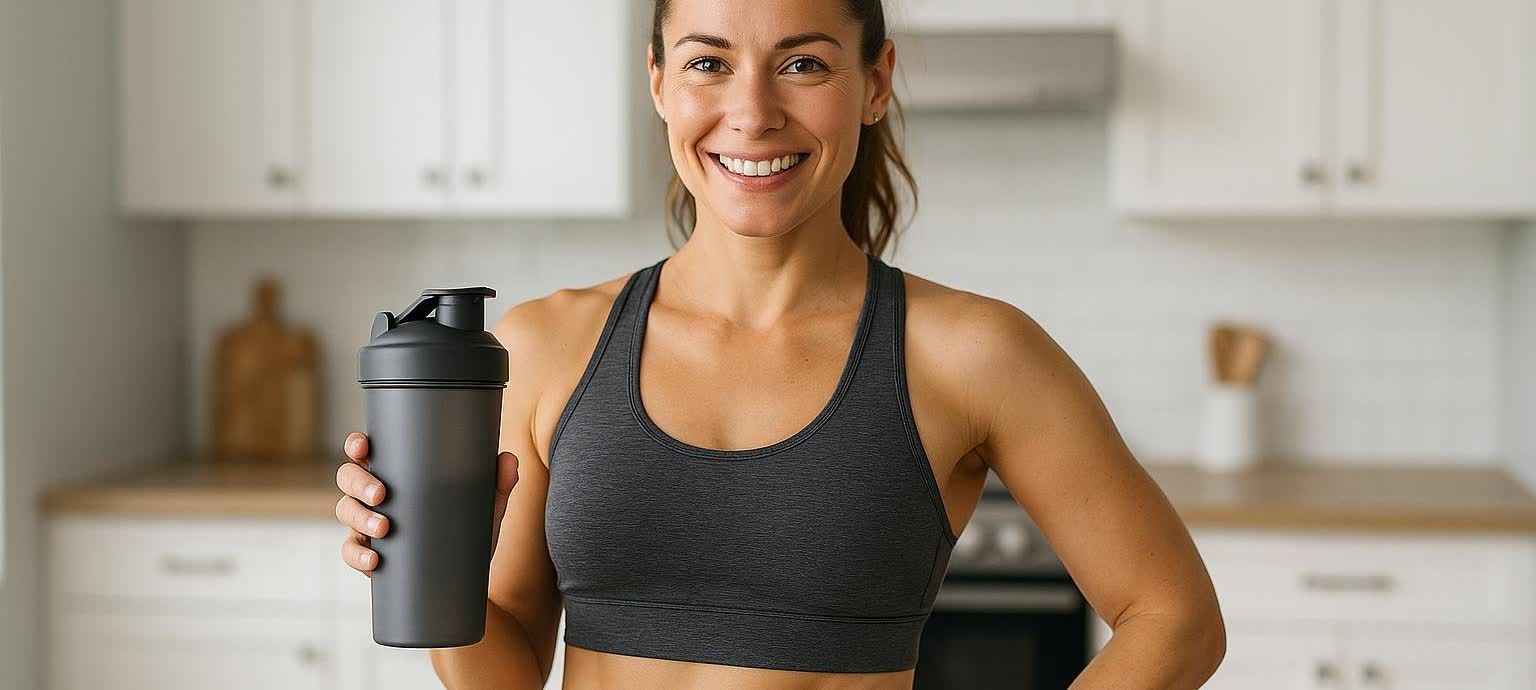
Best Protein Powder for Women: 2025 Buyer’s Guide
Looking for the best protein powder for women—fast? Here’s the short answer: choose an NSF Certified whey isolate or a complete plant blend that delivers 25–30 g protein with <5 g sugar per serving, tastes good to you, and agrees with your stomach. Below are our top picks, simple dosing rules, and a label checklist.
- Best overall for muscle tone: Garden of Life Sport Grass Fed Whey — clean, complete protein with broad flavor availability.
- Best vegan: Vega Sport Premium Protein — high protein per scoop from a balanced plant blend.
- Best lactose‑free option: BiPro ELITE Whey Isolate, Unflavored — pure whey isolate certified lactose‑free by NSF.
- Best widely available staple: Optimum Nutrition Gold Standard 100% Whey — budget‑friendly with select NSF‑certified flavors.
- Best for rigorous testing: Momentous Essential Grass‑Fed Whey — athlete‑focused quality controls.
Plus, our top pick for a collagen add‑on:
- Momentous Collagen Peptides — collagen peptides to complement a complete protein.
Why these picks (how we chose)
- Effective post‑workout dose: After lifting, ~30 g of whey maximized muscle protein synthesis vs. 15 g, with no extra benefit at 60 g, in resistance‑trained women (Sports Medicine study). For timing ideas and shake combos, see our post‑workout protein guide.
- Dose for age‑related muscle support: About 30 g per meal helps trigger the body’s muscle‑building response and counter age‑related anabolic resistance (Frontiers in Nutrition, 2024; also see Building Muscle After 50).
- Clean label and safety: Prefer third‑party certification seals; they screen for contaminants and banned substances and confirm label accuracy—see NSF Certified for Sport and Informed Choice/Informed Sport. Certifications can vary by flavor or version—always verify the exact SKU.
- Contaminant awareness: Independent testing found 47% of powders exceeded at least one safety limit. Levels can vary by batch, flavor, and protein type; plant‑based and chocolate flavors tended to test higher for some heavy metals like cadmium, while whey generally tested cleaner. To lower risk, choose non‑chocolate flavors and consider whey or collagen bases (Clean Label Project).
- Practical hospital guidance: A helpful target per serving is 100–200 calories, 20–30 g protein, and <5 g sugar (Johns Hopkins Medicine PDF).
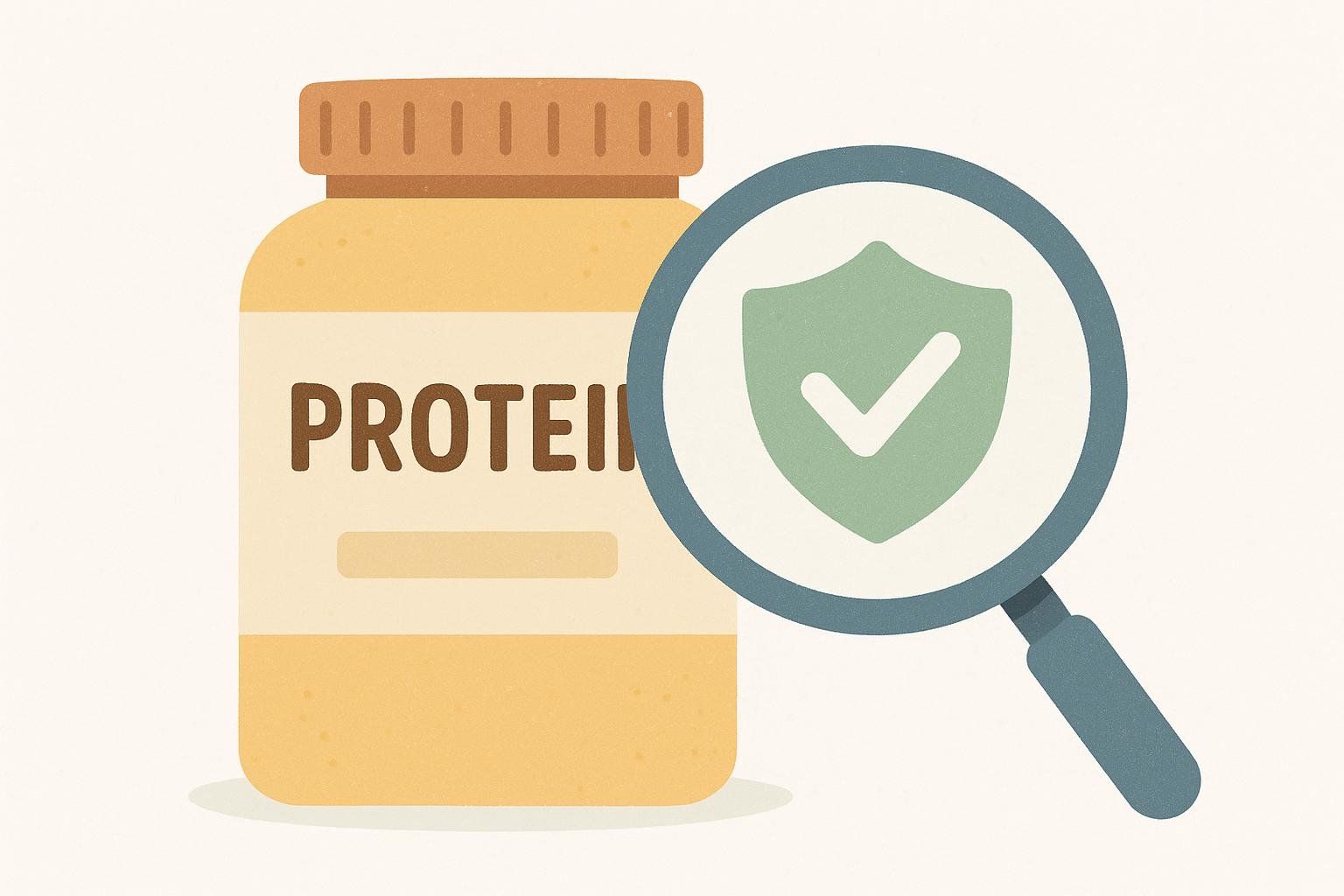
Best protein powders by goal
1) Best overall for muscle tone: Garden of Life Sport Grass Fed Whey
- Why we like it: 24 g complete protein with a strong BCAA profile and NSF Certified for Sport. Macros vary by flavor. The vanilla flavor, for instance, lists ~6 g carbs and ~0.5 g fat per scoop (Garden of Life; example retailer panel Swanson).
- Good for: Everyday training and post‑workout shakes; a 1.5‑scoop serving helps reach the ~30 g post‑workout target.
2) Best vegan: Vega Sport Premium Protein
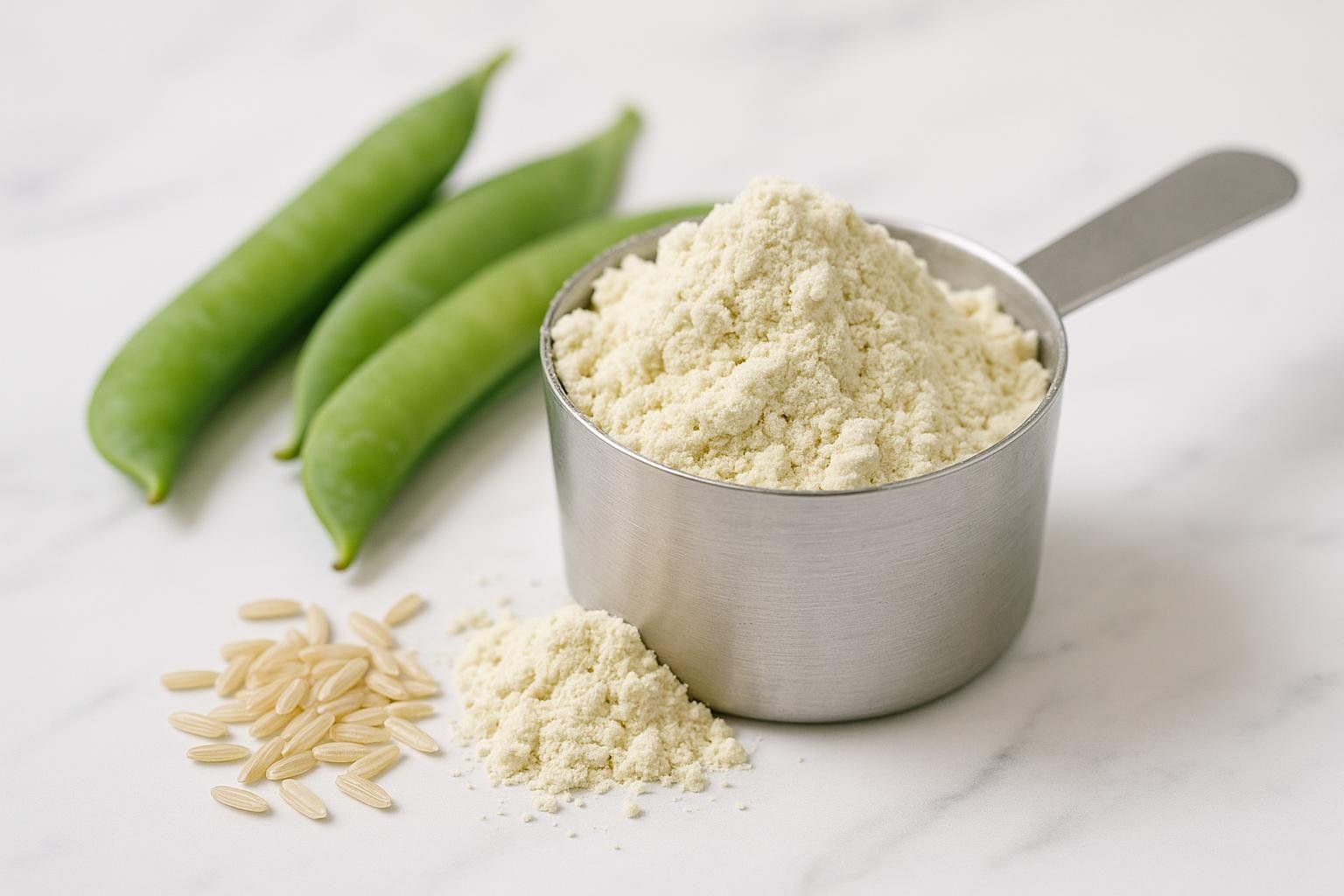
- Why we like it: 30 g protein per scoop from a multi‑plant blend; NSF Certified for Sport with clear macros (NSF listing).
- Good for: Vegan or dairy‑free diets; higher protein‑per‑scoop helps reach leucine targets when plant‑based.
- Taste tip: Slightly earthy; blends well with frozen berries and almond milk.
3) Best lactose‑free option: BiPro ELITE Whey Isolate (Unflavored)
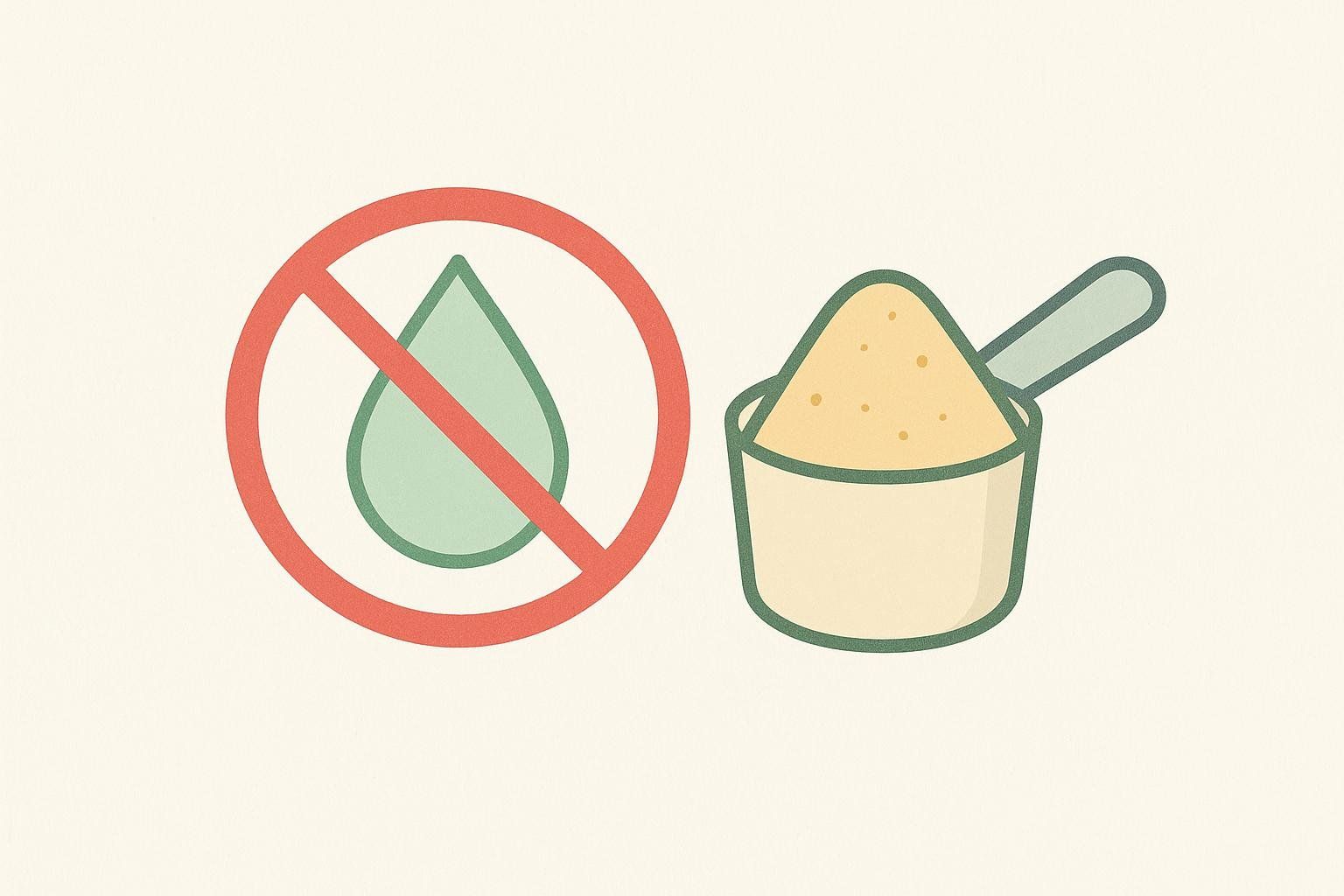
- Why we like it: 20 g protein per 22.7 g scoop with 0 g carbs, sugar, and fat; NSF lists this unflavored isolate as lactose‑free and Certified for Sport (NSF listing).
- Good for: Sensitive stomachs, coffee, soups, and smoothie mix‑ins; a ~1.5‑scoop serving helps you hit ~30 g post‑workout.
4) Best widely available staple: Optimum Nutrition Gold Standard 100% Whey
- Why we like it: 24 g protein, great price‑to‑value, and easy to find. Important: certification and macros vary by flavor/version. Examples in NSF’s database include Double Rich Chocolate and Vanilla Ice Cream (NSF listing for Double Rich Chocolate; NSF listing for Vanilla Ice Cream). See macros and flavor lineup on the Optimum Nutrition product page.
- Good for: Budget‑friendly daily use; travel and club‑store buys.
5) Best for rigorous testing: Momentous Essential Grass‑Fed Whey
- Why we like it: NSF Certified for Sport; simple ingredient panel with 20 g protein per scoop (NSF listing).
- Good for: Athletes who want rigorous screening and straightforward flavors. To reach ~30 g post‑workout, a 1.5‑scoop serving is an easy tweak.
Collagen add‑on for joint/skin support: Momentous Collagen Peptides
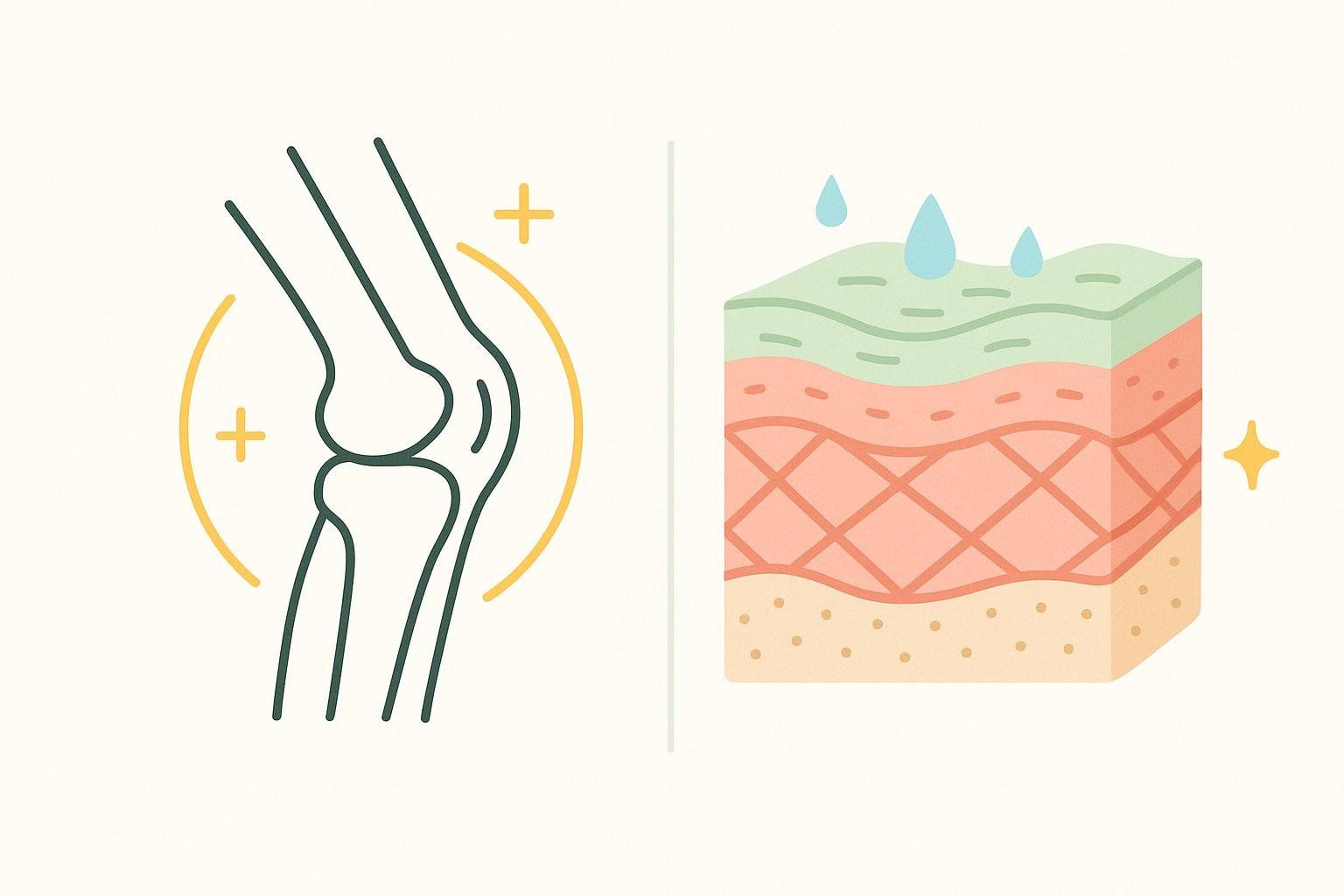
- Why we like it: NSF Certified for Sport collagen providing 15 g protein per 16.9 g scoop (NSF listing).
- Good for: An easy add‑on to coffee or tea for joint/skin support.
- Important: Collagen is not a complete protein for muscle. Pair it with a complete protein (e.g., whey or a fortified plant blend) if muscle is the goal (Mayo Clinic Press). For whey vs. casein pros/cons, see our quick guide: Whey vs. Casein.
How much protein do women really need?
- Everyday active: 1.2–1.6 g/kg/day spread across 3–4 meals (Frontiers in Nutrition, 2024).
- Per‑meal target: Aim for ~30 g of high‑quality protein in at least one meal to trigger muscle protein synthesis (Frontiers in Nutrition, 2024). If you train, see our post‑workout protein guide for timing and shake ideas.
- Strength or body recomposition: 1.6–2.2 g/kg/day; ~30 g right after lifting worked as well as 60 g in trained women (Sports Medicine).
- Women 50+: Keep protein higher, especially at breakfast; ~30 g high‑quality protein helps overcome age‑related anabolic resistance (Frontiers in Nutrition, 2024). For training and recovery tips, see Building Muscle After 50.
Label‑reading checklist (save this)
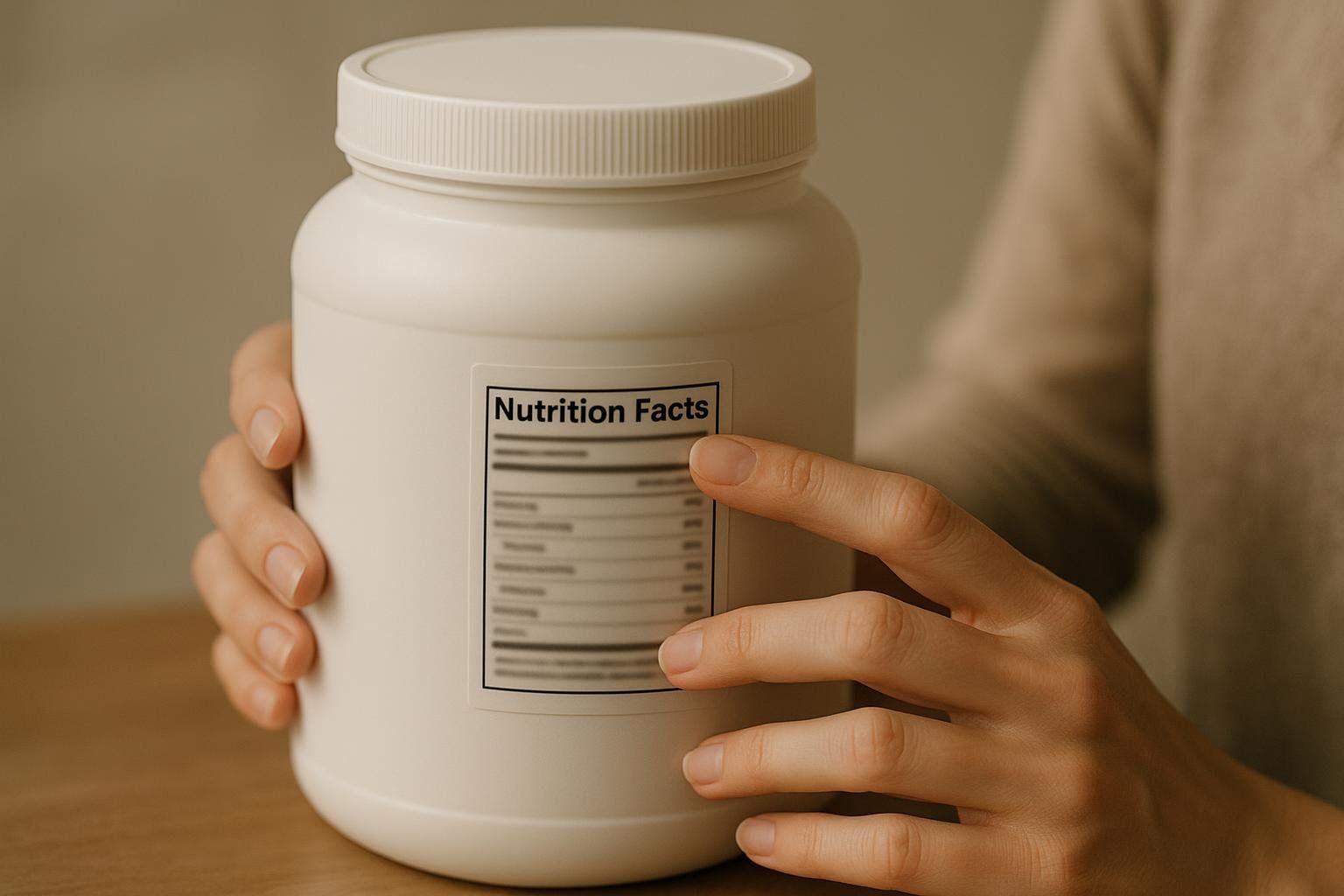
- Protein per serving: 20–30 g; many women lifters do best with ~30 g post‑workout (Sports Medicine).
- Sugar and carbs: <5 g sugar per serving unless you want a meal replacement (Johns Hopkins).
- Complete amino acids: Choose complete proteins (whey, egg, soy) or plant blends that cover all EAAs (Mayo Clinic Press). Not sure which milk protein fits? Compare options in Whey vs. Casein.
- Certifications: Look for NSF Certified for Sport or Informed Choice/Informed Sport; testing can vary by flavor and version—verify the exact product in the database (NSF; Informed Choice).
- Flavor choice for purity: Heavy‑metal levels can vary by batch, flavor, and protein type. Non‑chocolate flavors and whey/collagen bases generally tested lower in certain metals like cadmium (Clean Label Project).
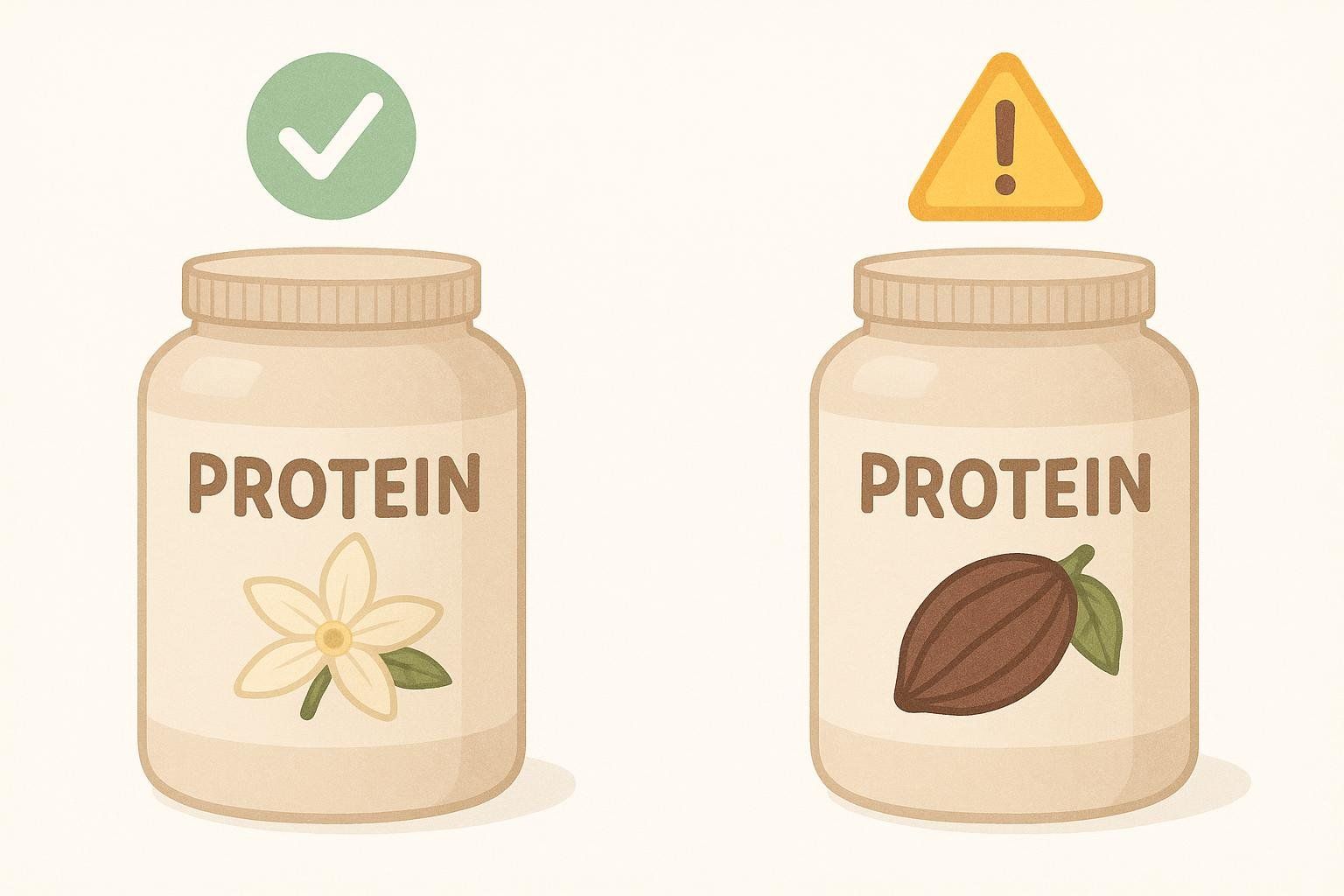
Special cases and safety

- Pregnancy & postpartum: Protein needs rise (the RDA during pregnancy is roughly 1.1 g/kg/day), but products vary widely. Work with your OB‑GYN.
- Prioritize third‑party testing (NSF/USP/ConsumerLab) and simple formulas.
- Avoid high‑sugar shakes and herbal blends with unclear safety.
- Meet micronutrient needs per guidance from the NIH Office of Dietary Supplements and ACOG.
BodySpec tip: Track what matters
Protein supports muscle; muscle supports metabolism. The best way to confirm your plan is working is to track lean mass and fat mass directly. A BodySpec DEXA scan gives you a precise read on muscle, fat, visceral fat, and bone—so you can confirm your nutrition and training plan is delivering measurable results. Scan every 8–12 weeks to monitor trends, then adjust protein, calories, and training accordingly. Ready to see your numbers? Book a DEXA scan, and skim our quick DEXA body scan guide.
FAQ
- Do women need a “for women” protein powder? No. What matters is dose (20–30 g), amino‑acid completeness, low sugar, and third‑party testing—priorities echoed by Mayo Clinic Press, Johns Hopkins, and NSF.
- Is plant protein as good as whey? Whey is very efficient for muscle, but well‑designed plant blends can cover EAAs and support muscle—just dose appropriately (Mayo Clinic Press). For more on protein types, see Whey vs. Casein.
- Is collagen a good primary protein? Use collagen as an add‑on for joints/skin. For muscle, pair collagen with a complete protein (Mayo Clinic Press).
- How do I reduce contaminant risk?
- Choose NSF Certified for Sport or Informed Choice products (testing varies by flavor/version—verify your exact SKU).
- Prefer non‑chocolate flavors to reduce cadmium exposure.
- Favor whey or collagen bases when possible.
- Avoid multi‑ingredient blends you don’t need.
The Bottom Line
Most women will do best with a certified, low‑sugar whey isolate or a complete plant blend delivering 25–30 g protein per serving. If you’re 50+, aim for ~30 g at breakfast and consider separate collagen for joint/skin support. Keep it clean, keep it consistent, and measure progress with body composition—not just the scale.
